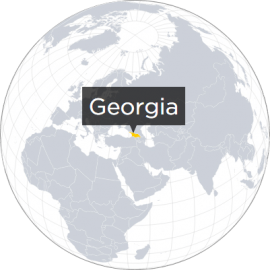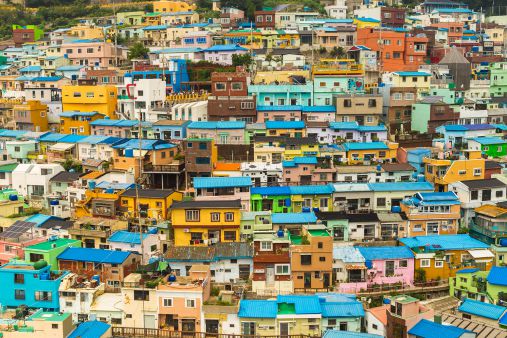The impact of increased emissions on the natural environment continues to garner international public and political interest. The 2021 Nobel Prize in Physics was awarded for developing understanding of complex systems, including the physical modelling of Earth’s climate. This November, world leaders met in Glasgow at COP26 to formalise efforts to keep global warming to below 1.5 degrees Celsius by 2050. Addressing damaging consequences of emissions cannot be overlooked, if we are to steward the natural environment as a legacy for present and future generations. But it must be undertaken in a way that provides a pathway to prosperity for those nations that have not yet passed through their industrialisation phase.
Natural Environment Spotlight: Tackling rising air pollution-not just rising emission

Over the past decade, we have seen little improvement in recorded data on the Natural Environment, at a time when effective stewardship of the planet is desperately needed. The increased levels of preservation efforts over the last decade indicate a strengthening global policy engagement in stewarding the environment. Although the rate of emissions of CO2, SO2 and NOx has decreased in North America and in both Western and Eastern Europe, the continued rise in other regions has meant that over the past decade, global emissions have been on the rise.
Over the past decade, we have seen little improvement in recorded data on the Natural Environment, at a time when effective stewardship of the planet is desperately needed. The increased levels of preservation efforts over the last decade indicate a strengthening global policy engagement in stewarding the environment. Although the rate of emissions of CO2, SO2 and NOx has decreased in North America and in both Western and Eastern Europe, the continued rise in other regions has meant that over the past decade, global emissions have been on the rise.
Whilst the impact of emissions represents a longer-term challenge, it is not the only issue of concern. Today, an estimated 91% of the global population is exposed to unhealthy levels of air pollution, resulting in an estimated seven million premature deaths around the world each year. As many as nine out of ten people breathe air that exceeds WHO guideline limits, contributing to a rise in instances of stroke, heart disease, chronic obstructive pulmonary disease, lung cancer, and acute respiratory infections.
The impact of air pollution disproportionately impacts low and middle-income nations. For example, death rates in the most impacted countries in sub-Saharan Africa are estimated to be more than 100 times that seen in Western Europe and North America. This disparity is largely the result of the ongoing reliance of developing nations upon fossil fuels to drive their rapid industrialization, together with the trend towards ever-greater levels of urbanization. Whilst high rates of air pollution are believed to reduce life expectancy by an average of two years across the world, people living in the most highly polluted emerging economies such as India have seen their life expectancy reduce by as much as six years, making air pollution a bigger killer than smoking.
Research also suggests that air pollution has a disproportionately damaging impact upon children, with instances of childhood asthma now at an all-time high. Asthma is among the most prevalent diseases affecting children, with a study in the British Medical Journal indicating that children exposed to levels higher than 2.5 parts per million are more likely to develop asthma.
Since 2011, 81 countries have seen a deterioration in their Exposure to Air Pollution, with Singapore deteriorating the most, with the share of its population whose exposure to fine particulate matter exceeds the WHO thresholds increasing to 60%, up from 12% a decade previously. In contrast Kuwait is one of the most improved countries over the past decade. The number of life years lost due to air pollution has reduced by nearly 25% and its public satisfaction with air quality has increased from 56% to 74%.
In September 2021, the WHO reduced its recommended limits for the most harmful forms of air pollution in response to new scientific evidence suggesting that the health implications of emissions had been historically underestimated. In the first such study in over a decade, the WHO introduced a number of reduced limits, including for nitrogen dioxide (NO2), with the new limit 75% lower than previously established in 2005.
biodiversity of life populating all these domains. This generation will be judged by the totality of the legacy that is passed on to future generations.The challenge for stewarding the natural environment is a multi-dimensional one, balancing the interests of current and future generations across different parts of the globe, who are affected and concerned by a range of challenges, not only atmospheric, but also with respect to the quality of water, soil, oceans and the
Did
you know?
Air pollution is one of the world’s leading risk factors for death, with an estimated 91% of the global population exposed to unhealthy levels of pollution, resulting in an estimated seven million premature deaths around the world each year.





